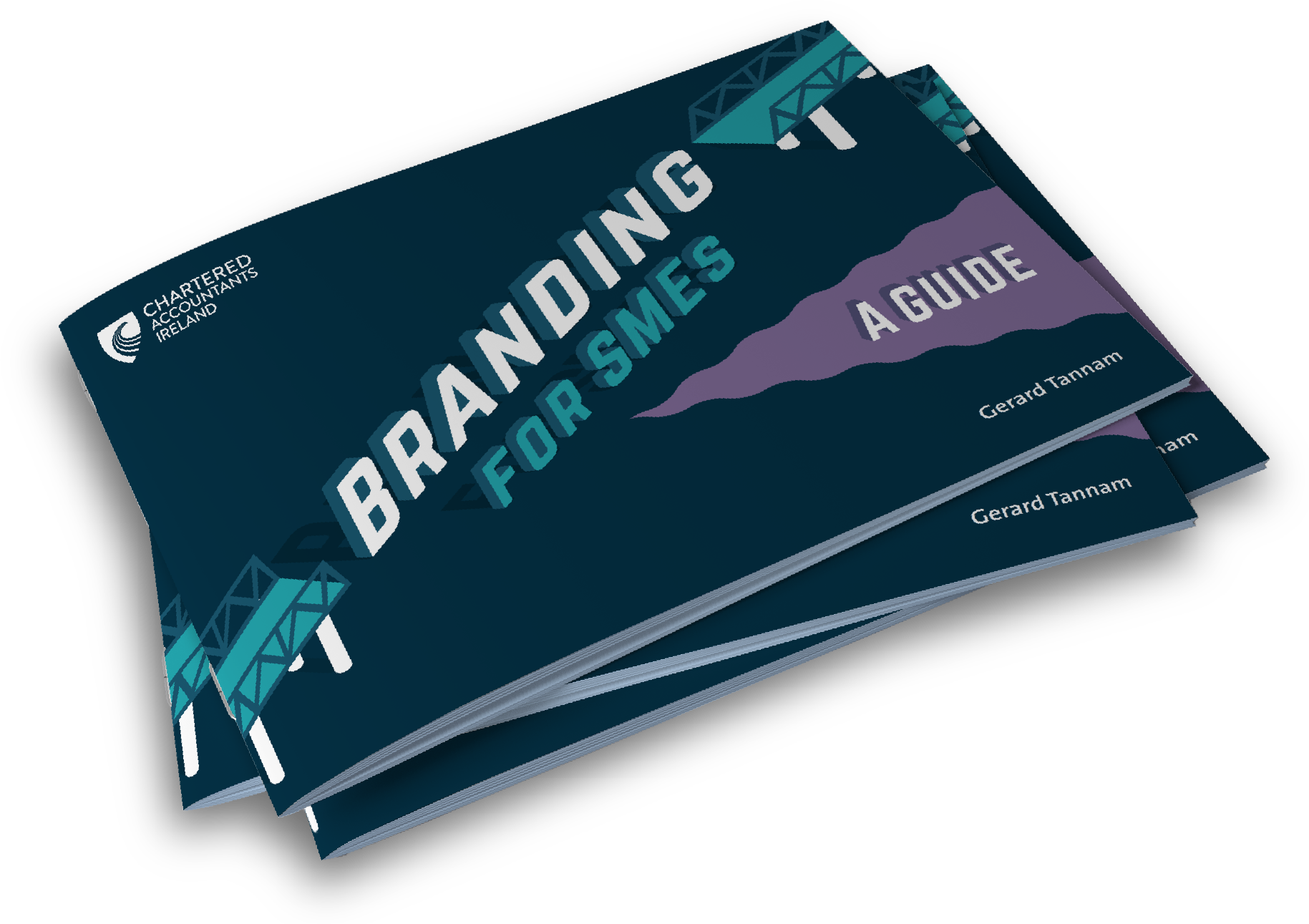Business & Finance – Branding Your Start-Up
In the absence of a brand, the new business lacks purpose and direction.
Whatever you do, don’t look down!
Let’s be honest, the business start-up can be something of an ungainly creature. He pulls himself to his feet, briefly steadies himself for the starting-gun, then bang!, he launches himself towards the finishing line. To those watching, he seems a curious jumble of arms and legs, all working furiously to propel the baby venture towards his new customers and the prize of a successful business.
Meanwhile, he rarely lacks for good advice, and plenty of it. As he dashes off, he hears all sorts of suggestions on how he might best reach his goal. But he’s a busy boy, intent just now on staying on his feet; how does he make sense of it all?
Sometimes, the journey ends abruptly, as everything comes tumbling down in a tangle of limbs. More often than not, the young enterprise is made of sterner stuff and hauls himself to his feet again to continue on his way. Now his breathing is laboured, his steps uncertain. One way or another, those first steps are rarely taken without more than a fair share of scrapes and bruised knees.
Some of this is inevitable, part of the growing up process that every business goes through, but some of it can be avoided. As parent to a new business, what are you to do?
Ready?
Here’s where a brand comes into its own.
There is much confusion about how a brand works. It is a lot more than the business image or logo, which merely points towards the brand. The brand itself works in the space between a business and its customers and makes sense of the relationship between the two.
For the smaller business, the owner often is the brand but for a business with ambitions to grow beyond one man, this is a dangerous strategy. The business must develop a brand that can stand on its own two feet.
In the absence of a brand, the new business lacks purpose and direction. It struggles to coordinate its efforts, its legs and arms pulling it every which way. It’s no wonder that, sooner or later, the business trips over itself and comes down with a crash. Of course, in time the new enterprise finds its feet and a brand begins to emerge but, for some, this happens too late and it all ends in tears.
Nowadays, almost every new venture draws up a business plan. Yet it’s extraordinary how few of these often-elaborate plans make any provision for the development of the brand. They simply ignore it. In effect, these business plans neglect the most important part of the business, the relationship between it and its customers. A business that doesn’t have a relationship with its customers will fairly shortly be a business without customers and, very soon after that again, a business without a business.
The temptation for the owner of the new business is to put the development of the brand on the long finger. There are all sorts of other important things vying for attention, production lines, supply chains, recruitment – and all the rest. As far as the brand goes, it’s often a case of ‘let’s get ourselves up and running first and then we’ll get to it’. The trouble is that the new business is often running so hard and fast that when it falls, it falls heavily and at great cost to its owner.
Steady…
Whether or not he brings in outside help, the wise business owner invests time in building a brand model for his new venture.
First, he asks what it is he proposes to do for his customers and how he proposes to do it. Then, he considers whether this makes sense for his customers, what mix of rational and emotional benefits it brings to them and whether they are likely to pay for these benefits. Next, he asks what type of relationship is required in order to support the exchange (and whether his business is uniquely positioned to enjoy that relationship). Finally, he is in a position to determine what he needs to do in order to influence customer choice.
Now, he has a model for his brand and a basis on which to set the course for his business. He can choose the mix of behaviour and activities required to deliver on his relationship with his customers. No longer is he dazzled by the choice of business models, recruitment selections or brochure ranges. Instead, he can begin to coordinate all of his efforts around the core proposition that his customers can say ‘yes’ to.
His brand is now ready to sit at the heart of the business and drive him towards his goals.
Go!
Now, baby is pulling himself to his feet with more than a little youthful drive and enthusiasm. Now, he knows what he wants for his business and his customers and is intent on reaching his prize.
The distance between himself and his new customers is no longer daunting. He sets off with purposeful intent. The calls of well-wishers are no longer a distraction. He knows which advice to take, which to ignore. He doesn’t need to look down. He is surefooted and breathing easily. His limbs are working away together, his arms and legs pumping him towards the finishing line.
Here’s one brand new start that looks like it’s heading for a strong finish and a happy ending.


